Ancient petroglyphs documented in NE Argentina
Source - http://www.artdaily.com/index.asp
Photos : INAH
INAH REGISTRA SITIO RUPESTRE ARGENTINO
Source – http://www.inah.gob.mx/boletines/8-investigaciones-y-estudios-historicos/6526-inah-registra-sitio-rupestre-argentino
A hill in the northeast part of Argentina that holds various cave paintings, which was considered to be a sacred place before the Incan conquest of the region in the fifteenth century, was identified by Mexican investigator Luis Alberto Martos Lopez from the National Institute of Anthropology and History (INAH), as part of an archaeological salvage.
X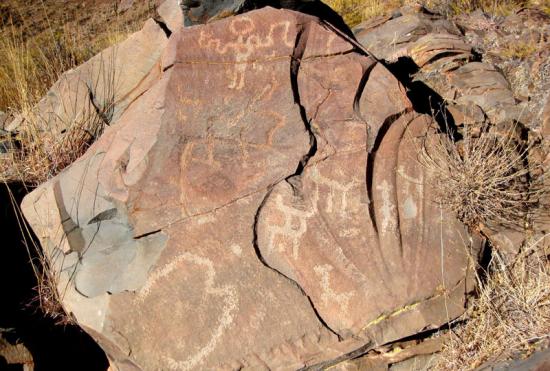
The exploration of this area is part of a much wider project aimed at the excavation
and restoration of the Incan site known as Potrero de Payogasta
The exploration of this space is within a much wider project destined to the excavation and restoration of the Incan site known as Potrero de Payogasta, in the wide and contrasting Valle Calchaquí, in Argentina; this is an initiative which has been supported by the Cultural Patrimony of the Salta province. Also, this Project is funded by the National Geographic Society.
In a recent journey through the site’s area, which is located to the north of Valle Calchaquí, Luis Alberto Martos was lead by Guillermo Colque —owner of an estate in the area— to a low hill of about 160 [624.93 feet] and 200 [656.16 feet] meters in diameter (at its base) and a height no taller than 100 meters [328.08 feet] (1.6 kilometers [0.99 miles] west of Potrero), that kept a great quantity of petroglyphs.
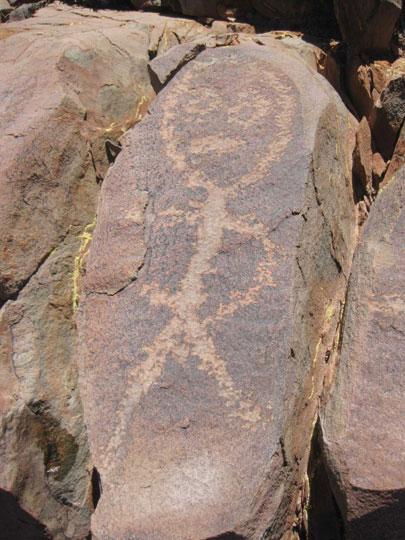
“We registered a total of 88 outcrops (rocks with petroglyphs), 70 in the hill and the rest in the continuous hillsides. More than 60 are found in groups and about twenty are isolated”, said the Investigator of the Archaeological Studies Direction of INAH.
Cerro Kawsay (“Hill of life”, in quechua language), as it has been named, referred to what seems to have been a sacred place since early times, between 900 and 1000 A.D, although there is a possibility it could be from the Formative period (500 A.D) and that the site was sacred for hunters and collectors.
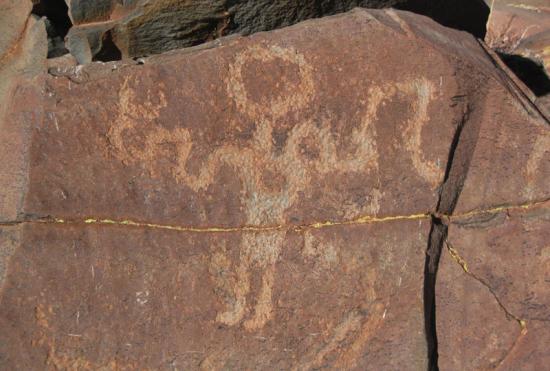
The most interesting fact about these manifestations is that from 329 chiseled or carved figures, 267 are zoomorphic and almost all correspond to representations of llamas, an animal that is linked to the origin myths of the Inca people and other civilizations prior to this empire.
Martos Lopez pointed out that the petroglyphs from Cerro Kawsay, “emphasize the predominant representation of llamas; they are seen individually and in groups, strong and healthy, sometimes pregnant. There are some series that allude to their own natural processes, representing their youth, maturity, pregnant and giving birth.
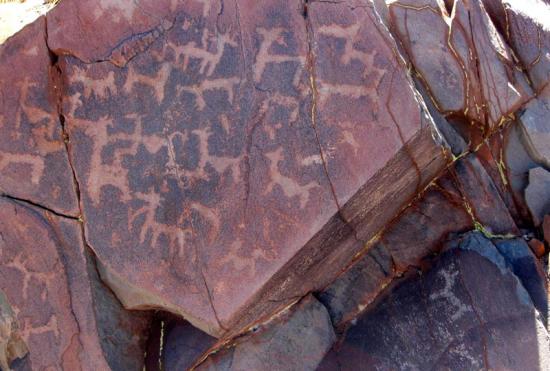
The llama is important to Andean towns, particularly the Inca, because it personifies the children of Manco Capac and Mama Ocllo (the mythic founders of the empire). The legend states that their children, who had fallen in love, were turned to llamas by the god Viracocha in order to be saved from the wrath of their father, Manco Capac. However, Manco Capac was finally able to capture them and subsequently sacrificed them. Since then, their souls wander the Milky Way hoping to find each other and begin a new era of hopefulness and harmony.
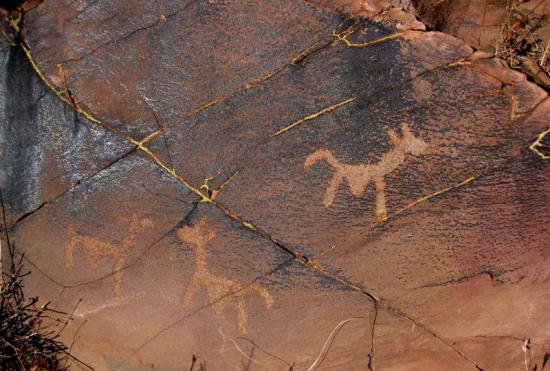
Their significance —as well as using their meat for food, wool and as a beast of burden, did not go unnoticed by the Spaniards that arrived in the sixteenth century, Luis Alberto Martos detailed.
In this sense, he said, it’s likely that the Kawsay hill, recently registered as an archaeological site, “was used for ceremonies. It was considered a sacred place where rituals related to fertility, abundance, prosperity and life took place”.
Finally, the INAH archaeologist indicated that in the same manner, said elevation “was able to remain a ritualistic spot during the colonial epoch given its secludedness and the lax control of the region (Valle Calchaquí) by Spanish authorities, as some authors have pointed out”.